
Music is medicine. Especially on an overcast and chilly week in May, in the second month of an endless global pandemic.
To update you, Nebraska has surpassed 9,000 total cases of COVID-19. This is not as “bad” as New York or other parts of the country, but cases are surging and have not peaked. (The population of Nebraska is under two million people.) State restrictions placed on businesses – restaurants and salons, especially – were loosened up this week. Lincoln in particular is a hotspot, and we just had our primary election.
We are hardly out of the woods. In fact, the path we’re on seems to be winding deeper into the woods. So: there are small stresses coming from many different angles, snowballing and melting into a steady simmering anxiety.
This is why I need my playlist. I’m the sort of person who will listen to albums over and over for years, returns to certain songs as old friends. Their words and melodies weave their way into my consciousness, inextricable and healing. I thought I’d share some highlights.
In the “old days” (which weren’t that long ago) I’d compile as many of these as would fit on a CD and send them to a friend. Nowadays, with iTunes and CD burners being a thing of the not-so-distant past, the best I can do is list them here for you. Music subscriptions aren’t my favorite feature of the 21st century, but there are alternatives. If you just want to listen, you can easily find the classical pieces on YouTube.
I call it the Grace Playlist because they are all doses of undeserved kindness. They aren’t too loud or rock-ballady or weird or freakishly happy. They speak truth. They empathize and harmonize with my weariness and bring me hope, sometimes catharsis.
The Lark Ascending – Ralph Vaughn Williams
The Lark Ascending is one of my absolute favorites. I often let my mind drift with its rises and falls. I imagine that I have wings and am rising about the world, seeing it from a bird’s eye view. Observing the earth, full of quiet joy. You might balk at a fifteen minute track. In fact, it’s the perfect length for a quiet meditation, to clear your mind, and then return to the day.
This piece was finished in 1920 and inspired by an 1881 English poem, which you can read here. I hadn’t fully appreciated this piece until Michelle sent it to me in one of her mixes. She is always one to enlighten my musical palette. 😊 I miss exchanging CDs with you, friend!
This is one of my most treasured songs. Above is a recording from the London Philharmonic Orchestra via Youtube.
Let It Be – The Beatles, Let It Be
There are only a few Beatles songs on my playlist. Needless to stay I haven’t been in a mood for “I am the Walrus” or “Yellow Submarine” in a long time. (One is too trippy, the other too silly.) But if there is a universal song for finding comfort in “times of trouble,” it’s definitely “Let It Be.”
“Let It Be” is one of those simple phrases that lends itself so readily to art. (“All You Need is Love” is another.) Because it’s pure and wise and universal. People hang it on their walls, send it in cards, use it as a calm down phrase. Leave it alone. Sit with this. This is just a moment. Don’t fight how you’re feeling.
Paul McCartney wrote the song when he had a dream about his mother, Mary, who died when he was a teenager. Let It Be was also the last album the Beatles released before they went their separate ways. (I’ve read that relationships in the band were so fractured, they didn’t come together for the album photography.) I wonder if this song was intended in part as a sort of consolation to their legion of fans.
Other Beatles songs on my playlist are “Black Bird”, “Dear Prudence,” and “Here Comes the Sun.” The latter, by George Harrison, is one of several songs being played in hospitals for COVID-19 patients who have been taken off the ventilator, a song of victory. We could all use the sunshine right now.
Hymn of the Sycamore – Karen Choi, Paper Birch
I first met Karen sixteen years ago, as a freshman in college. (Karen, has it really been that long?!) We were part of Reformed University Fellowship and Zion Church, and she was one of the first friends I made in Lincoln. She is one of the wisest and most gifted artists I know. Since she, her husband Joe and their three boys moved to St. Louis, I have missed our conversations on life and faith. She is a calming, gentle, beautiful spirit. When I’m lonely or anxious I listen to her albums on a loop: Paper Birch, Through Our Veins, and Hand To Hold.
It is hard to choose just one of Karen’s songs to write about. “Hymn of the Sycamore” articulates exactly what I’m feeling: “Will we make it through to see the spring?” It seems, especially now, that we’re in a sort of extended winter. While spring is definitely here and the green, growing evidence is all around us, our nerves are raw and we’re tired. The new routine has taken its toll… distancing and masks and rising numbers of cases and deaths and lost jobs and angry people. The world makes less sense every day. This song is about longing for certainty, sitting with the mysteries of the universe and finding shelter in cold, mean days.
Karen’s music is that it gives beauty to honesty. It empathizes. It reflects and offers grace. It reminds me that my experience as being part of something bigger and inexplicable – embracing mystery and imperfection and finding courage there.
Another song that brings me great comfort on terms of creativity and the pattern of my life is “Through Our Veins.” It brings to mind a line from the Psalms: “Your mercies are new every morning.”
You can explore Karen’s music at karenchoimusic.com. Thank you, Karen. For sharing your music with the world!
Shake It Out – Florence + the Machine, Ceremonials
“Shake It Out” is my fight song against anxiety and depression. Florence + the Machine can be visceral, angry and cutting — gut-punches, power ballads and nightmares, dark and dangerous images. But there are also honest, powerful moments of courage and resolve in this music. Florence is bolder than I am. Sometimes I need to shed my meeker shell, and this helps.
This song and a few others belong to a playlist I made as an unofficial soundtrack to my novel. The song is pure catharsis. In my mind’s eye I could always see my main character struggling to gain courage, and at last finding it. The song ends in what feels like a high spiral, and I always pictured the characters coming into a slow and restful spin in zero-gravity.
It’s always darkest before the dawn.
A Part of Us – Yael Naïm, Mon Bébé
I first discovered Yael Naïm, an Israeli-French artist, in college. She is experimental, alternative and cerebral. Of all her music it is hard to pick just one song to write about, I have so many favorites. Her inaugural album, Yael Naïm, mostly in French, is the most played CD in my car. Along with Capercaillie’s Beautiful Wasteland, it has been part of my internal soundtrack for over a decade.
“A Part of Us” is from the score to the French film Mon Bébé, about a mother watching her youngest daughter grow up and move away. In this time of social distancing, not having seen my parents or sister in the flesh since Christmas, or my friends since March, the music is especially poignant. The song articulates and peels back the loneliness a bit.
You’ll always be a part of us.
My other favorites: “Too Long” (Yael Naïm), “Far, Far” (Yael Naïm), “Walk Until” (Older), “I Try Hard” (She Was a Boy), and “The Sun” (nightsongs).
Concerto for 2 Mandolins, Strings and Continuo in G – Antonin Vivaldi
My brain is tuned to a Baroque frequency. I prefer Handel, Vivaldi and Bach to Mozart — a scandalous opinion, I know.
My parents would play Handel’s Watermusik and Vivaldi’s Four Seasons (Le quattro stagioni) on car trips through Western Nebraska and the Black Hills. As a kid I figured out that John Williams nods to Handel in the soundtrack for Return of the Jedi (Water Music: Suite #2 in D – Sarabande. It was called “Jabba’s Baroque Recital.”) I have a soft spot for J. S. Bach, particularly Yo-Yo Ma’s Bach Cello Suites. I became obsessed with the Brandenburg Concerto No. 2 when it was featured in an episode of The X-Files. I’m told my exposure to Baroque music goes back even earlier, perhaps in utero.
That said, it is a challenge to pick just one piece or composer for this playlist. I chose Vivaldi’s Concerto for 2 Mandolins, Strings and Continuo, The entire concerto is uplifting, but the second movement — the sedate Andante (4:07) — is on my grace playlist. The mandolins play a quieter, thoughtful tune, as if one is falling asleep in a summer garden. The strings, which provide such depth in the other movements, are hushed.
I physically relax when it comes up in the queue. It might spark a few visceral memories of being in the car, looking out the window at strange new scenery, far away from own thoughts and my native century.
Watermark – Enya, Watermark
Enya’s Watermark came out in 1988 but doesn’t feel at all dated to me. Her instrumental pieces in those early albums are so soothing and metaphysical. Her creative (if not strictly correct) use of language (Latin, Gaelic, Elvish, Japanese) inspired my imagination. Her most recent albums have more of a fairy-tale-metronome-and-music-box quality.
The Watermark album, which features the well-known “Orinoco Flow”, is therapeutic. “Watermark”, the title piece, is equal parts soothing and hopeful. Wordless and human. Simple and cleansing. It is a wise and beautiful choice to let the piano take the melody here.
I am in the long-term process of trying not to be embarrassed about Enya. I was a weird kid whose only CDs were all of Enya’s albums and the Star Wars soundtracks. Yup. 🤦♀️
Carnival of the Animals: XIII. Le Cygne (The Swan) – Camille Saint-Saëns
This is the eighth movement of Saint-Saens’ impressionistic Carnival of the Animals Suite, ca. 1886.
In an episode of Call the Midwife a young violinist and mother-to-be develops pre-eclampsia, goes into shock and passes away. This piece was featured as part of the soundtrack to that episode – beautiful but sad as an illustration of the woman’s short but vibrant life. Midwives Jenny and Cynthia listen to that song quietly, paying tribute. It testifies to the immortality of music — a recording or a written score — transcending our human fragility.
Am Mur Gorm (The Blue Rampart) – Capercaillie, Beautiful Wasteland
If Yael Naïm is the most played CD in my car, Beautiful Wasteland is the second-most. Now that the CD player tends to hold onto CDs rather than eject them when I ask — 16 year old car, worn-out CD player, go fig — the albums are more or less permanent fixtures of the car. This Capercaillie album has been part of my internal soundtrack for about eighteen years, at least since high school.
I first learned of the Scottish band from listening to the Thistle & Shamrock with my Dad on Sunday afternoons. I loved Karen Matheson’s vocals and the band’s energetic reels. As with Yael Naïm, I love hearing new languages — in this case Scottish Gaelic — even if there is no translation. Music conveys emotion and meaning beyond the syntax. “Am Mur Gorm”, like many of their songs, has an English thread inside it. Don’t tell me it’s easier alone. It is a mantra for me: we need each other.
You should follow the link to look at the English lyrics of “Am Mur Gorm,” about the moorland and the sea. It’s beautiful and peaceful.
Clair De Lune – Claude Debussy
“Clair De Lune,” the third movement from Debussy’s Suite Bergamasque, is everywhere. It was in Twilight. It was in Atonement, Ocean’s Eleven, and Westworld. Cassandra writes about it in I Capture The Castle. It’s probably in half a dozen other episodes and movies. You hear it and you know exactly what it is.
I always think of it as moonlight translated into music. It is liquid and flowing but light as mist. It refreshes, cleanses the proverbial palate.
O Pastor Animarum – Hildegard of Bingen
O Shepherd of our souls, O primal voice whose call created us all: Now hear our plea to thee and deign to free us from our miseries and feebleness.
–Hildegard von Bingen
I end this playlist with a short piece composed by Hildegard of Bingen in the 12th century. She was a nun and abbess, a visionary and author of books on a vast array of subjects. She corresponded with popes and emperors and queens. She wrote music without the formal training the men of her age enjoyed.
Hildegard understood suffering and the state of a world divided by politics and the whims of powerful men. She knew the misery of chronic illness and lived always with the knowledge of death. She persevered by putting her understanding of the human experience and the “weakness” of feminine existence into theology, music and poetry. God made her who she was, spurred her to share her experiences, to speak to the most powerful from a state of weakness.
I haven’t shared many “hymns” or worship songs here. There are in fact many worship songs that have brought me comfort, especially now. I chose to share Hildegard for the quiet, unaccompanied reverence of her music. It transports me back to a time when the voice was the most important instrument in Christian worship. I’ve always been drawn to a single voice, the simplicity and the hope. Like a candle in a dark room.
I hope you enjoyed my playlist. I know it isn’t the most cheery, but neither is it completely dark and moody. This music helps me through difficult days and points to the light shining from the distant end of the tunnel, or the world beyond these deep and dangerous woods. I hope it helps you, too.
So, readers, what music has gotten you through this uncertain time? Any recommendations?
※
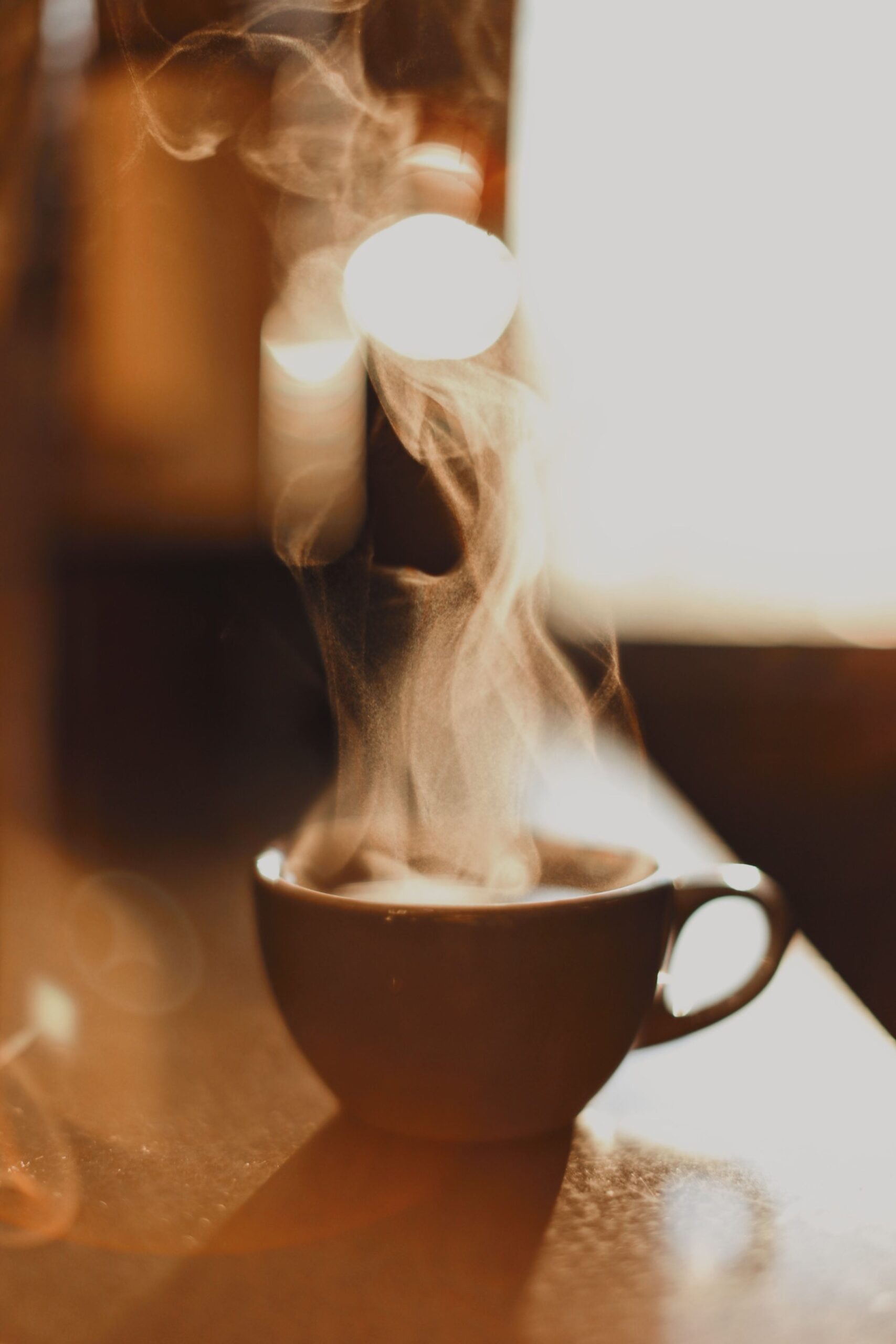
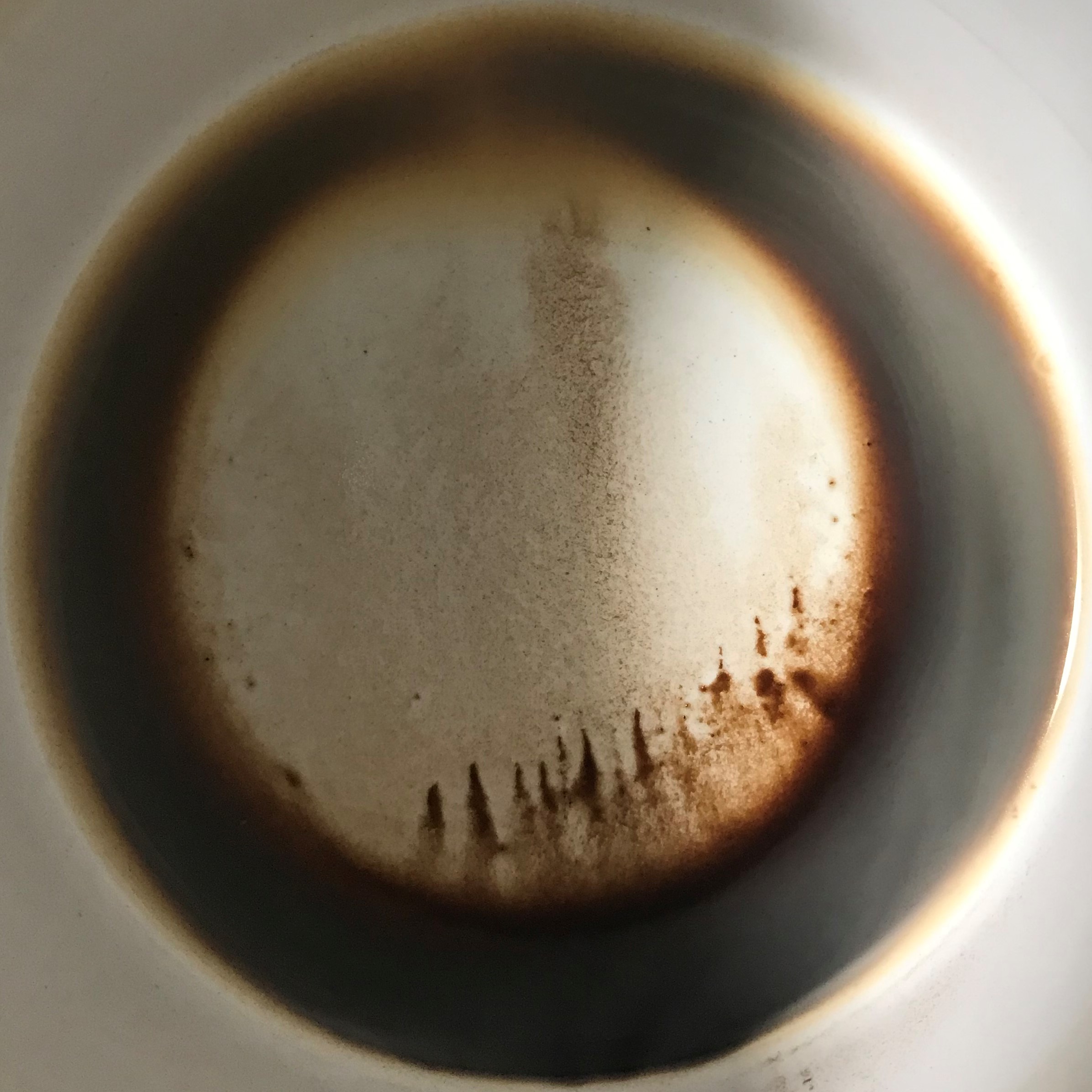
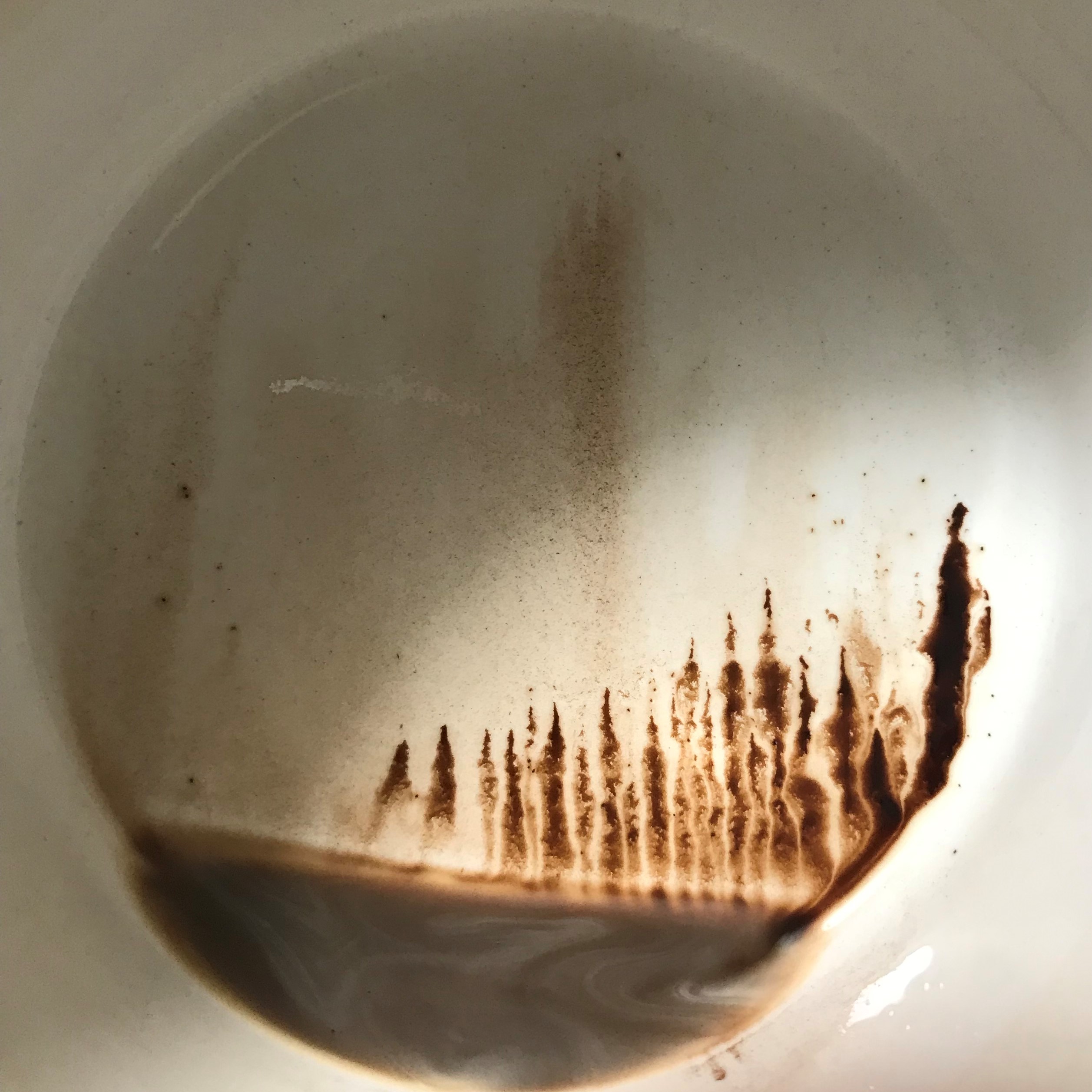

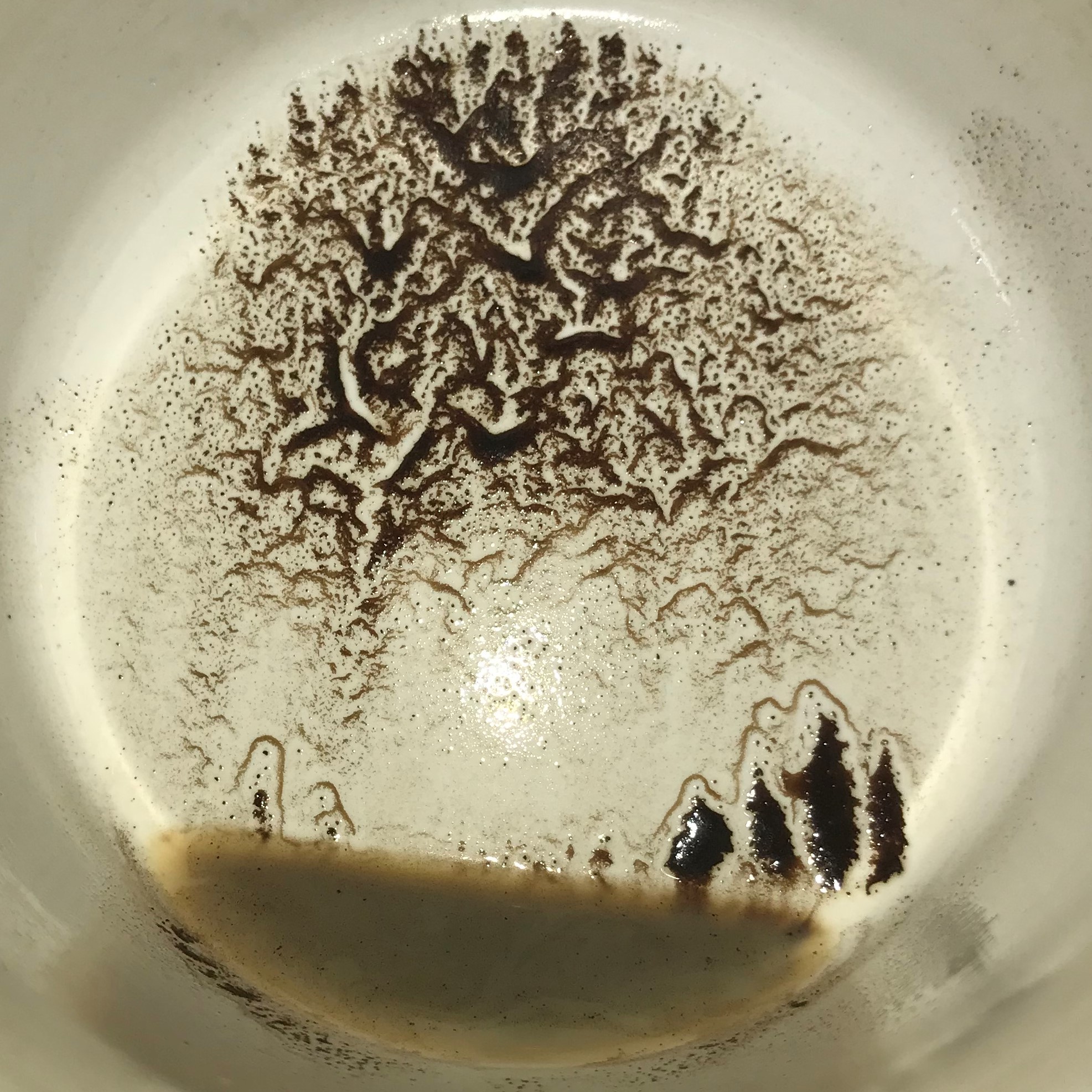
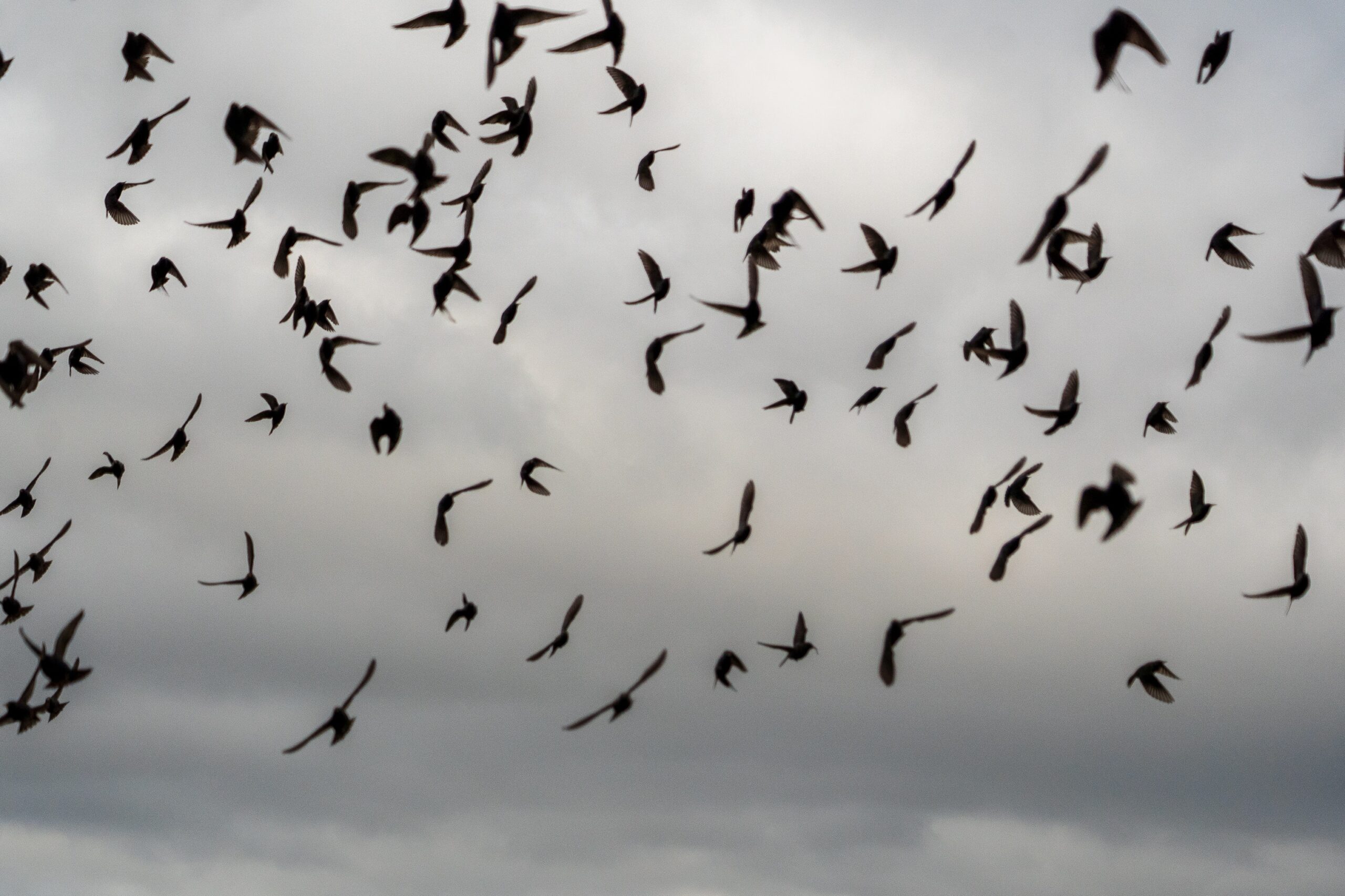
Your prose is lovely and graceful. Nice tribute to your parents too. Love Linda
PS You might write for a label reviewing their artists’ songs……..
Always love to read these, Jillian